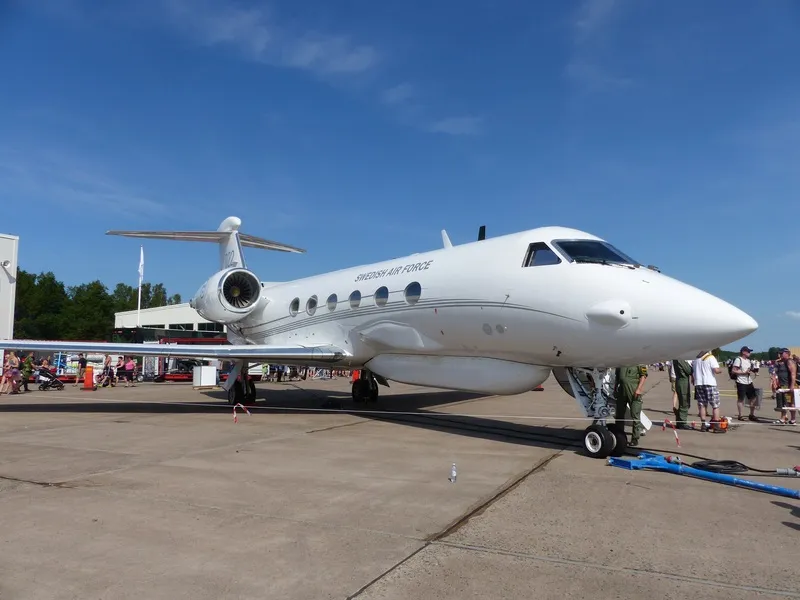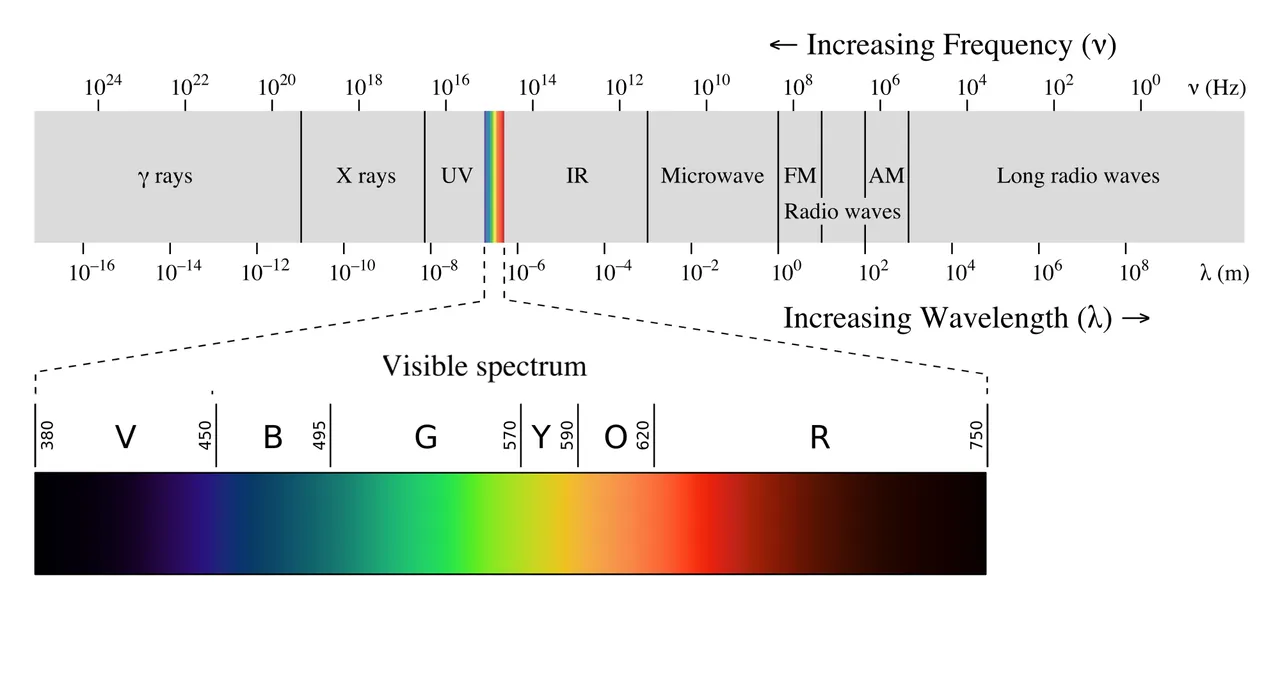If you have ever paid attention to the aeroplanes, you will notice something unique amongst all of them; they fly. Of course, they should. They were made to fly. Otherwise, they would just be just another oversized vehicle that needs a special road as wide as a soccer field to operate. The something unique about most of them that I wanted to talk about was their colours; they were majorly painted white.

Pxhere Image: A White Airplane
My inquisitive cousin asked the distraught mother why the aeroplane is painted white as they were about to board one. That was after a series of other hard to answer questions, and the mother tersely told him, "Tom, it is painted white because other colours are taken!" Of course, that was not the reason it was painted white, but Tom was content with that, and his mother lived to see another day of his never-ending questions :)
But the main reason for this could be traced to thermal science. I hope you remember the high school science class on what to wear on a particularly hot day. The idea was that a lighter coloured shirt would keep you cooler than that dark t-shirt which happens to be your favourite t-shirt.
As the real estate market is all about location, this particular phenomenon is all to do with wavelengths, absorptions, and reflections.
The sun consists of all the mixture of visible wavelengths. The colours are visible in a rainbow. A rainbow merely is when the light from the sun separates into its colours. The colours are red, orange, yellow, green, blue and violet. Which, we remember back in high school with ROY G. BIV or simply ROYGBIV, for each letter of the visible light spectrum in the sequence of orders of wavelengths.
The red has the longest wavelength while violet is the shortest wavelength.

Wikipedia Creative Commons: Electromagnetic Spectrum showing visible spectrum with red colour having the longest wavelength (750nm) and violet colour with the shortest wavelength at 380nm
A colour of an object is what it absorbs and reflects. For instance, a red shirt appears red because it had absorbed all shorter wavelengths (absorbs all wavelengths of visible light from violet to orange) and reflects the longer ones. The reverse action happens when you put on a blue or violet shirt; it reflects all the other colours in the spectrum, and violet/blue is visible.
Thus, white or light coloured shirt reflects all visible colours, a black coloured shirt absorbs. The absorbed radiation makes the black-shirt-wearing fellow warm due to absorbed radiation being converted to heat while the white-shirt-wearing individual appears cool due to reflections of radiations.
Now the reverse is true in areas where suns are needed. Solar panels paints/colours have a dark shade; some are black to be able to absorb all the sun's rays as hits it.
The absence of any light is observed as black. When all the colours are mixed, they appear to us as white just like the colour of the Sun. Yes, the Sun's colour is white and not yellow or any of the hues we observe from earth due to scattering of its other colours by the atmosphere.
The same coolness experienced as a result of reflections from wearing a white shirt on a sunny day plays a major role in why the planes are painted white.
According to Prof R. John Hansman, an MIT Aeronautics and Astronautics professor
The main reason why aircraft are painted white or light colors is to reflect sunlight and minimize both the heating and any potential damage from the solar radiation. It's basically the same as putting sunblock on. For example, on a sunny day if you're wearing a dark-colored shirt, you'll heat up more than if you will if you're wearing a white-colored shirt. Business Insider
Also, whatever colour that you paint, it will oxidise due to exposure to elements and fade to near white over time. So, it makes sense to have the paint as white.
Even the Birds Love White
So apart from shielding some composite material and some plastic part of the plane from the dangerous solar radiation, the birds seem to see the colour white and swerve out of incoming aeroplane's approach.
Birds tend to avoid brightly painted aeroplanes, according to the 2011 research titled Bird Strikes and Aircraft Fuselage Color: A Correlational Study, done by Esteban Fernández-Juricic, Jim Gaffney, Patrice Baumhardt of the Purdue University Indiana USA and Bradley F. Blackwell of USDA/APHIS/Wildlife Services’ National Wildlife Research Center.
That is a good thing as birdstrikes come with severe financial implication as a study has shown.
Thus, the true cost of bird strikes in the US is likely substantially higher, especially if indirect costs (e.g. aircraft downtime) are considered. Globally, conservative estimates of the total monetary costs of bird strikes range from US$1.21 to US$1.36 billion annually. THE COSTS OF BIRDSTRIKES TO
COMMERCIAL AVIATION
That is not all we have to contend with, birdstrikes have been shown to result in deaths too.
Collisions between birds and aircraft (birdstrikes) can have catastrophic consequences, and have resulted in the loss of at least 190 lives and 52 aircraft in civil aviation (Thorpe 1996). Military losses are more difficult to estimate, but there have been 283 military aircraft lost and 141 deaths recorded, in the limited number of western nations from which data are available, between 1959 and 1999 (Richardson & West 2000). The outcome of most birdstrikes is far less severe, and the majority (65%) result in no damage to the aircraft at all (Milsom & Horton 1995). THE COSTS OF BIRDSTRIKES TO
COMMERCIAL AVIATION
More on the Economics
White paints are cheaper to use and maintain, so it makes economic sense to chose the colour since painting an airliner requires buying between 35 US gallons (130 litres) to 132 US gallons (500 litres) depending on aircraft size.
Since using white paints makes for a cooler plane that results in a cheaper cooling cost from the airlines.
